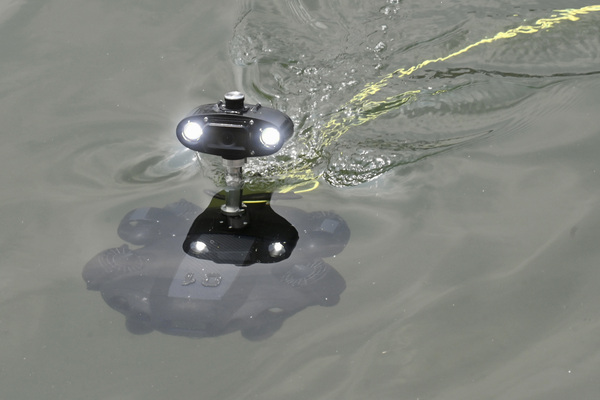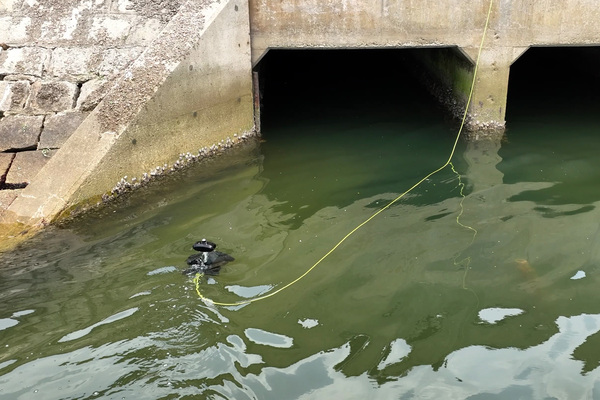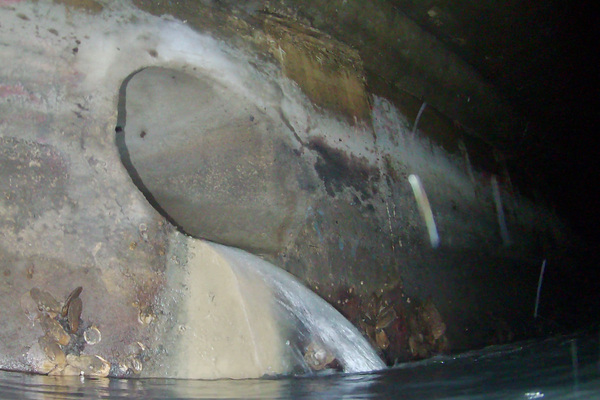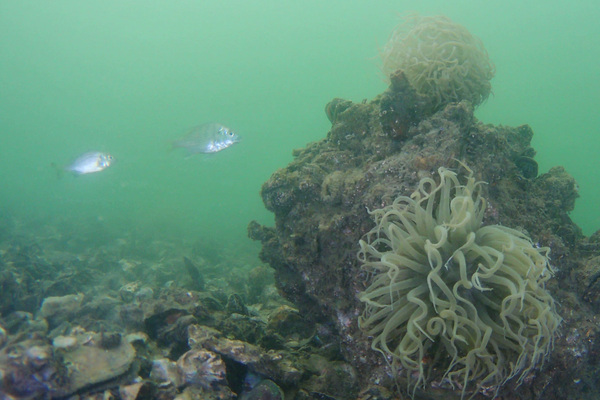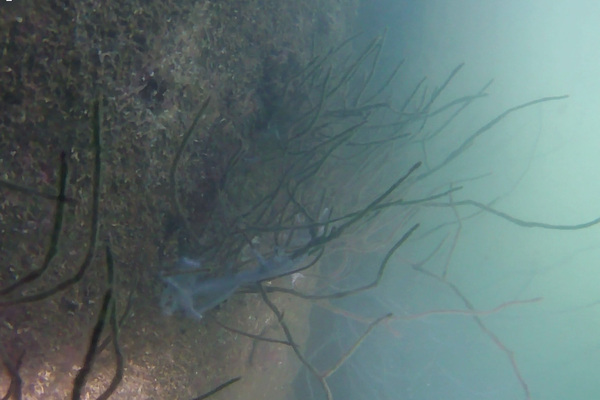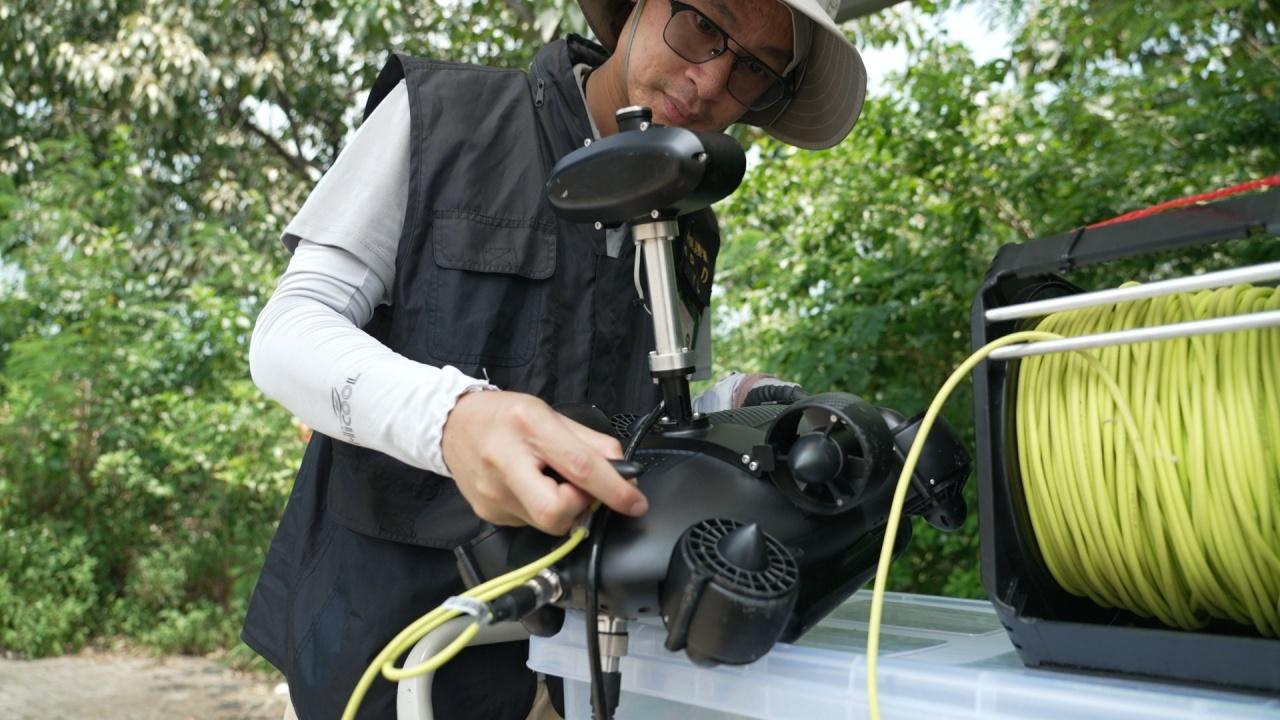Smart tech aids HK’s environment
It is nothing out of the ordinary for submarines to dive under the water, but in the case of the Environmental Protection Department (EPD), their officers are using a smart underwater device to investigate drainage channels aimed at detecting the source of water pollution.
Innovative investigation
The recently-introduced unmanned sampling submarine helped the department to solve a once untraceable water pollution case in the Shing Mun River of Sha Tin.
The inspectors of the case could not find clues to the source of pollution after about four weeks of using traditional investigation methods that include opening the heavy manholes for inspection and sending frogmen into the channels for investigation, when necessary.
Because some of the suspected manholes were located on a highway with heavy traffic, it was impractical to close the road for inspection works, rendering the case unsolved.
Given that some of the manholes were inaccessible, instead of investigating all the possible sources one by one, the department’s Innovation & Technology Task Force employed the use of the submarine to trace the source from the drainage channel where the polluted water was spotted.
Navigating in the drainage channel, the submarine can clearly observe the surroundings amid the muddy waters via the use of an additional periscope lens installed by the task force.
With the use of the smart submarine, the department swiftly identified the source of the polluted water and rectified the issue accordingly.
Crucial footage
Apart from pollution investigations, the department uses the submarine for other environmental monitoring purposes.
As an example, it regularly tests the water quality of the Shing Mun River to evaluate the effectiveness of its environmental protection efforts.
True to its description, the unmanned sampling submarine is capable of collecting water samples via a plug-in accessory. It is also equipped with a real-time water quality monitoring sensor, which constantly checks water quality parameters that include dissolved oxygen, pH value and turbidity.
Additionally, the underwater footage captured by the submarine helps the department to understand the biodiversity in the river and the water quality.
Shing Mun River was once heavily polluted. Over the years, various government departments joined hands to improve the environment of the tributary.
The clear water and diverse marine life shown in such footage clearly reflect the efforts of the interdepartmental collaboration.
From Hong Kong’s rivers to the sea, the submarine assists the department with monitoring the environmental remediation work concerning the Three-Runway System project. The environmental permit of the project requires the relocation of the corals in the affected waters.
In the past, the department could only rely on the report submitted by the permit holder to understand the situation. The use of the submarine now allows for such monitoring in a much safer and more direct manner.
Smart team
The EPD set up the Innovation & Technology Task Force in 2019 to explore the deployment of smart technologies in an effort to overcome investigation barriers and enhance efficiency and safety in its operations.
Principal Environmental Protection Officer Victor Yeung said the task force aims to promote the application of technologies within the department.
“The department’s colleagues are united as one. The task force collects and listens to the opinions of the frontline staff, integrating the experience and wisdom of the team members, so that we can develop and search for the people-oriented technologies.”
The department won the gold prize in the Innovation & Technology Awards (Best Use of Technology) category in the Civil Service Outstanding Service Award Scheme 2022.
The adjudicators of the award recognised that the various types of advanced technology deployed by the department to combat pollution are effective in improving citizens’ livelihood and demonstrate explicitly the benefits brought by the application of technologies.
